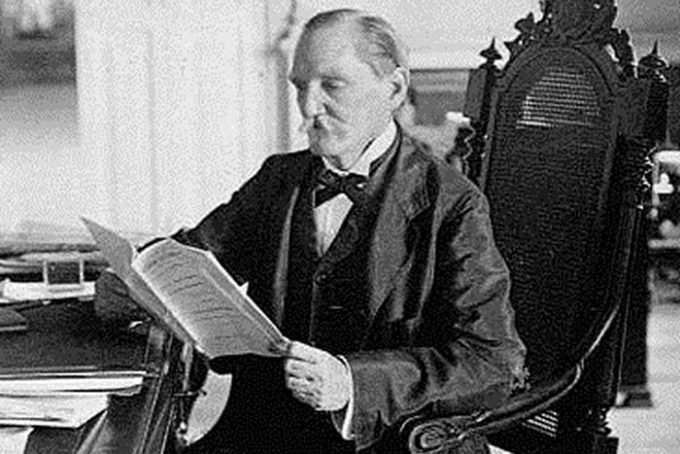
To the delight of then President Tomas Estrada Palma 117 years ago, on September 29, 1906, the second Yankee intervention began with the arrival of 5,600 soldiers and marines on the battleships New Jersey and Virginia and the cruisers Minneapolis, Tacoma and Cleveland, a fleet only matched by the one engaged in the Naval Battle of Santiago de Cuba during the war against Spain in 1898.
The invasion stemmed from the president’s thirst for power following the end of his term, when his sycophants goaded him into holding a rigged election on September 23, 1905, in which he was the only candidate. Since the other parties refused to participate, he was the winner for a second term.
His arbitrariness was scorned by the vast majority of the political forces, including the mambi war veterans, and led to the armed uprising of August 19, 1906, which went down in history as the Guerrita de Agosto, headed by the leader of the Liberal Party José Miguel Gómez.
Estrada Palma masterminded the death of the legendary General of the Liberation Army Quintín Banderas, who took up arms and was killed by officers sent by the president to allegedly parley his surrender. Earlier, he had been involved in the killing of young Army Colonel Enrique Villuenda, who was shot dead by the police in the city of Cienfuegos on September 22, 1905, one day before the presidential elections.
Unable to stifle the insurrection, the president invoked the Platt Amendment and asked the US government to intervene in a message to the White House in which he wrote: "The situation is serious and any delay could produce a massacre of citizens in Havana". In response, the U.S. sent its warships to the island.
On September 19, 1906, the special representatives of President Theodore Roosevelt, William H. Taft, Secretary of War, and Robert Bacon, Undersecretary of State, arrived in Havana aboard the battleship Des Moines, armed with 300 mm cannons, capable of destroying half of H demolishing half of the city. However, things did not go as Washington expected: Estrada Palma refused Taft's proposal to mediate an agreement with the rebels.
In order to make the Second Military Intervention inevitable, the president resigned along with the entire executive and left the Republic headless, thus paving the way for the appointment of Charles E. Magoon as provisional governor of Cuba and the deployment of the interventionist forces, mainly in regions where the U.S. had invested money.
The occupiers decreed the purchase of wills with the so-called "botella" (a position for which a person was paid without working) to corrupt the traditional liberal and conservative parties. They also raised the salaries of the Rural Guards and modernized this force according to the U.S. pattern, to the point that even their horses would be brought from the United States.
All this corruption and the expenses of the Guerrita de Agosto was defrayed by the Cuban public treasury while the workers' demands for an eight-hour workday, fair wages, job security, adequate treatment and other demands were repressed.
Once the pacification and the restoration of the Cuban political system were achieved in line with U.S. interests, the intervention ended with the presidential elections of November 14, 1908 and the victory of the liberal José Miguel Gómez, whose mandate was characterized by embezzlement in favor of his acolytes.
Things seem to be the same even after the departure of the Yankee warships and Marines, but a new generation of Cubans would overcome the widespread frustration caused since the inception of the so-called Republic and spearhead the awakening of the national conscience that in the 1920s entered a higher stage of social struggle.
Sidebar

 Agencia Cubana de Noticias
Líder en información nacional
Agencia Cubana de Noticias
Líder en información nacional








Nos reservamos el derecho de no publicar los comentario que incumplan con las normas de este sitio